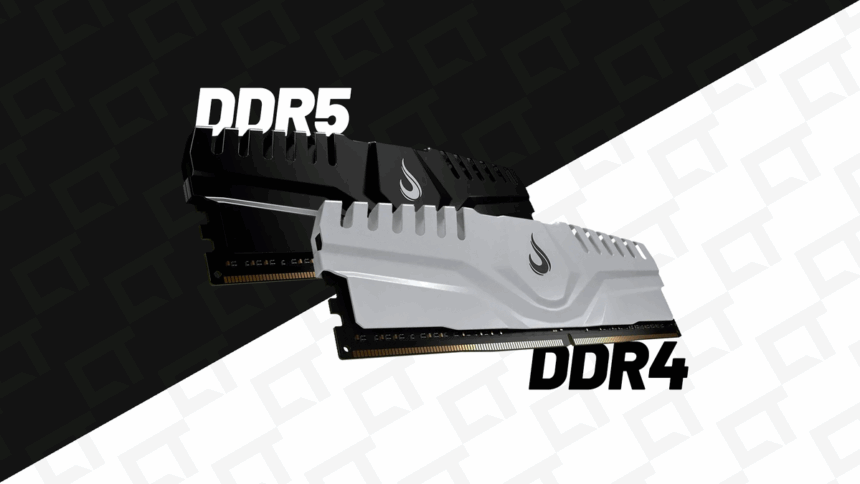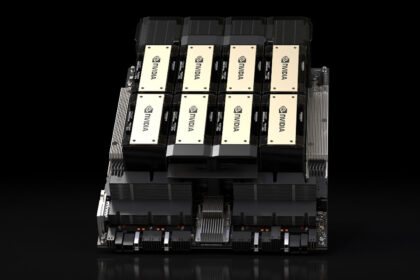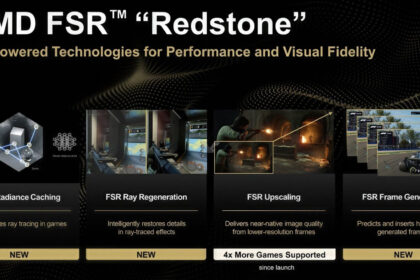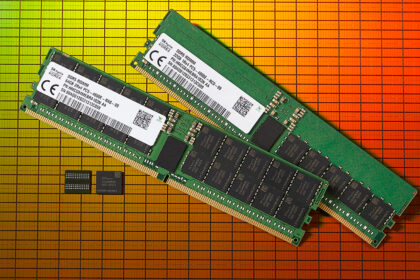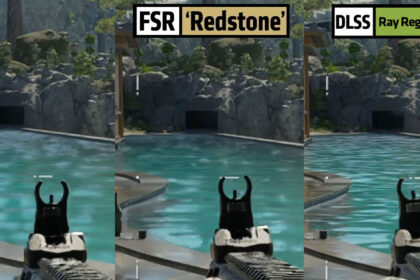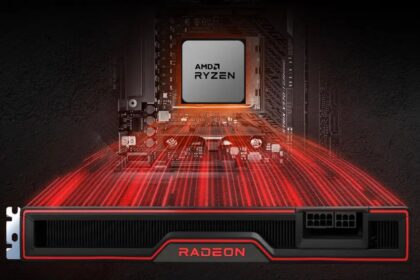The hardware market is seeing an unusual shift: DDR4 memory prices have spiked sharply, despite DDR5 RAM being available for several years now. Typically, older technologies become cheaper as new standards take over—but this time, the opposite is happening.
One major reason is the continued popularity of platforms from AMD and Intel that still support DDR4 RAM. These motherboards and processors remain widely available at retail, making DDR4 a practical choice for many builders.
On the other hand, adopting DDR5 often requires higher upfront costs, since it not only involves more expensive memory modules but also newer—and pricier—motherboards and CPUs. Many users have been hesitant to make that jump, sticking with DDR4 instead.
This rare situation highlights how market demand, production priorities, and pricing pressures can sometimes flip expectations in the tech industry. What was once the “budget” option has now become unexpectedly costly, and builders must weigh whether it’s better to pay a premium for DDR4 or finally transition to DDR5.
DDR4 Nears Its End as Industry Shifts Toward DDR5 and HBM
Every new generation of hardware eventually reaches a tipping point, and memory is no exception. With DDR5 having been on the market for several years, the focus of major manufacturers is gradually moving away from DDR4. Production of the older standard is slowing, while attention shifts toward both DDR5 and next-generation technologies like HBM (High Bandwidth Memory).
Industry leaders such as SK Hynix, Samsung, and Micron are prioritizing DDR5 and HBM development, leaving DDR4 with less production capacity. At the same time, smaller Chinese manufacturers have entered the DDR4 space, offering cheaper alternatives with lower production costs. These products are attracting bulk buyers, though their reliability and reputation still trail behind that of the established South Korean and U.S. giants.
Ultimately, this transition is inevitable. The major players have already indicated plans to phase out DDR4 entirely by the end of 2025, signaling that a full migration to DDR5 and beyond is only a matter of time. For users and businesses, the choice is becoming clear: invest in the future now, or face shrinking availability and rising costs for DDR4.
DDR4 Still Works, but DDR5 Brings the Future
For many PC users, DDR4 memory continues to meet everyday needs. But its successor, DDR5, introduces several clear advantages that make it the smarter long-term choice.
The most obvious improvement is speed. DDR5 starts at 4,800 MHz (MT/s) and already surpasses 8,800 MHz in newer modules, far beyond DDR4’s theoretical ceiling of 4,266 MHz. In practice, this means better performance in demanding software like 3D rendering and scientific applications. In gaming, DDR5’s extra bandwidth helps smooth out frame pacing and minimizes FPS dips at the 1% low mark, where performance usually stutters the most.
Another factor is platform longevity. DDR5 launched at the end of 2021 and gained traction in 2022, which means it still has many years of strong support ahead—likely through the rest of this decade. DDR4, by contrast, is already 11 years old and nearing its end of life, making it harder to build modern systems around it.
DDR5 also brings new technologies that boost both efficiency and capacity. One key addition is the PMIC (Power Management Integrated Circuit), which regulates power directly on the memory module. This design improves efficiency by delivering more performance with lower energy consumption. On top of that, DDR5 modules can scale up to 128 GB per stick, a leap that opens the door for far larger memory pools in desktops and workstations.
In short, while DDR4 still works fine today, DDR5 is faster, more efficient, and built for the future—making it the obvious choice for new builds.
DDR5 or DDR4? Choosing the Right Memory for Your PC Build
If you’re building a new PC from scratch, DDR5 memory is practically a requirement. Beyond the speed and efficiency gains, most modern platforms demand it. Current CPUs like AMD’s Ryzen 7000/9000 series or Intel’s Core Ultra 200 lineup only work with DDR5, meaning it’s no longer just an upgrade option—it’s the standard.
The second group of users who should strongly consider DDR5 are those still running DDR3 systems or very early DDR4 platforms. At this stage, those processors are outdated, and upgrading to the final wave of DDR4-based CPUs doesn’t make much sense. Instead, it’s more practical to invest in newer architectures such as AMD Zen 4 and Zen 5 or Intel’s Arrow Lake and Raptor Lake Refresh, which pair naturally with DDR5.
That said, if you’re already running a solid DDR4 system—like a Ryzen 5000 setup or Intel’s 10th–14th gen Core CPUs—there’s less urgency to switch. Moving to DDR5 requires not only new memory, but also a new CPU and motherboard, which can add up quickly. Unless you’re chasing top-tier performance from something like a Ryzen 9000 or Core Ultra 200, sticking with DDR4 still makes sense.
Inevitable Transition
Like every past memory transition, DDR5 will eventually replace DDR4 entirely. What’s unusual this time is the spike in DDR4 pricing, in some cases, overtaking DDR5 due to supply shifts and reduced production. This hasn’t hit retail shelves everywhere just yet, but it’s only a matter of time.
For now, DDR4 still delivers excellent performance for many users, particularly gamers and general-purpose builders. But DDR5 brings higher speeds, better efficiency, and long-term platform support. Prices will continue to settle, and DDR4 will gradually move into a niche role—ironically becoming more expensive as production phases out.
- New builds (mid-range and high-end): Go with DDR5—it’s faster, more efficient, and required by current CPUs.
- Existing DDR4 systems: Stick with what you have unless you’re upgrading your entire platform.
- Old DDR3/early DDR4 systems: Don’t bother upgrading to late DDR4. Jump directly to DDR5 with a modern CPU and motherboard.

